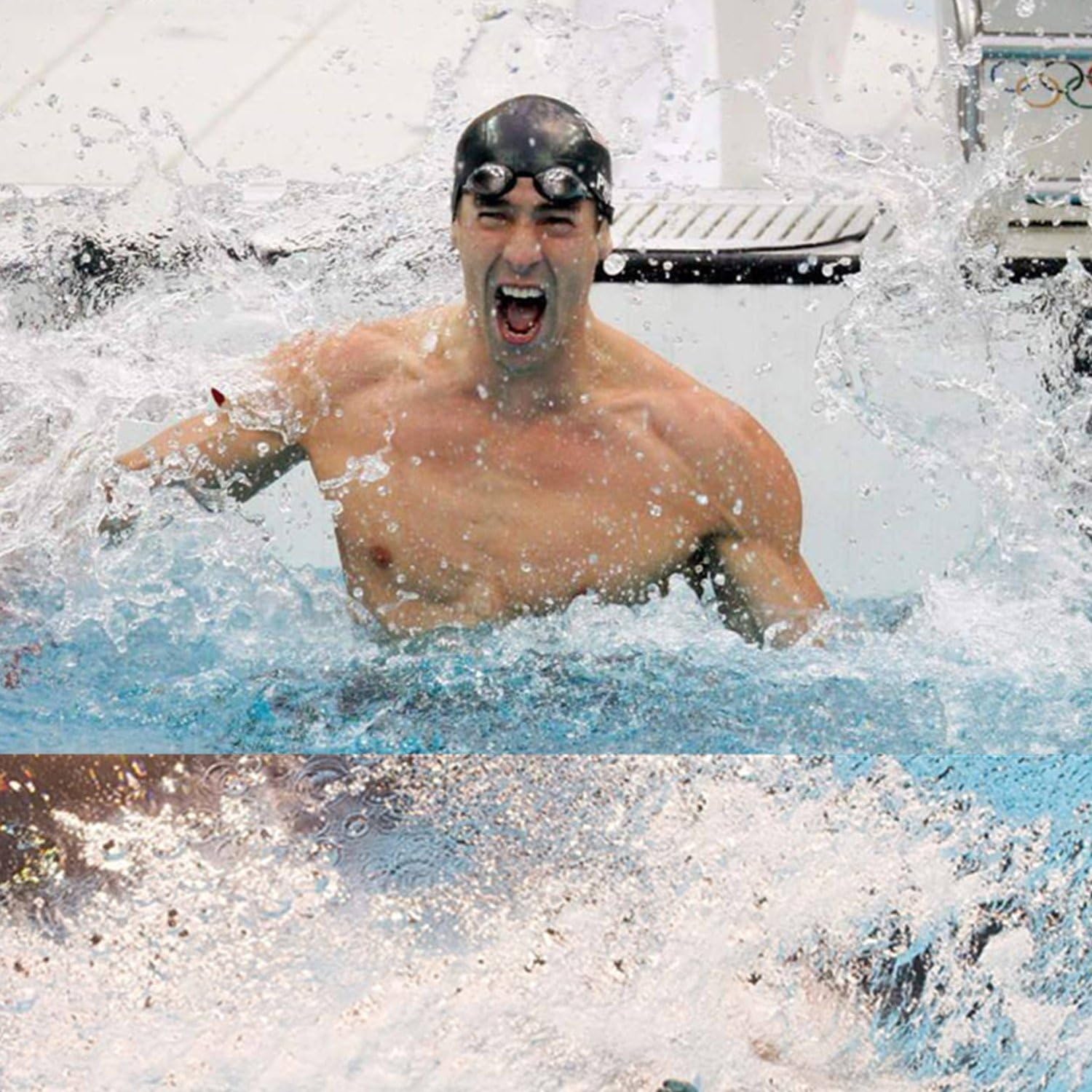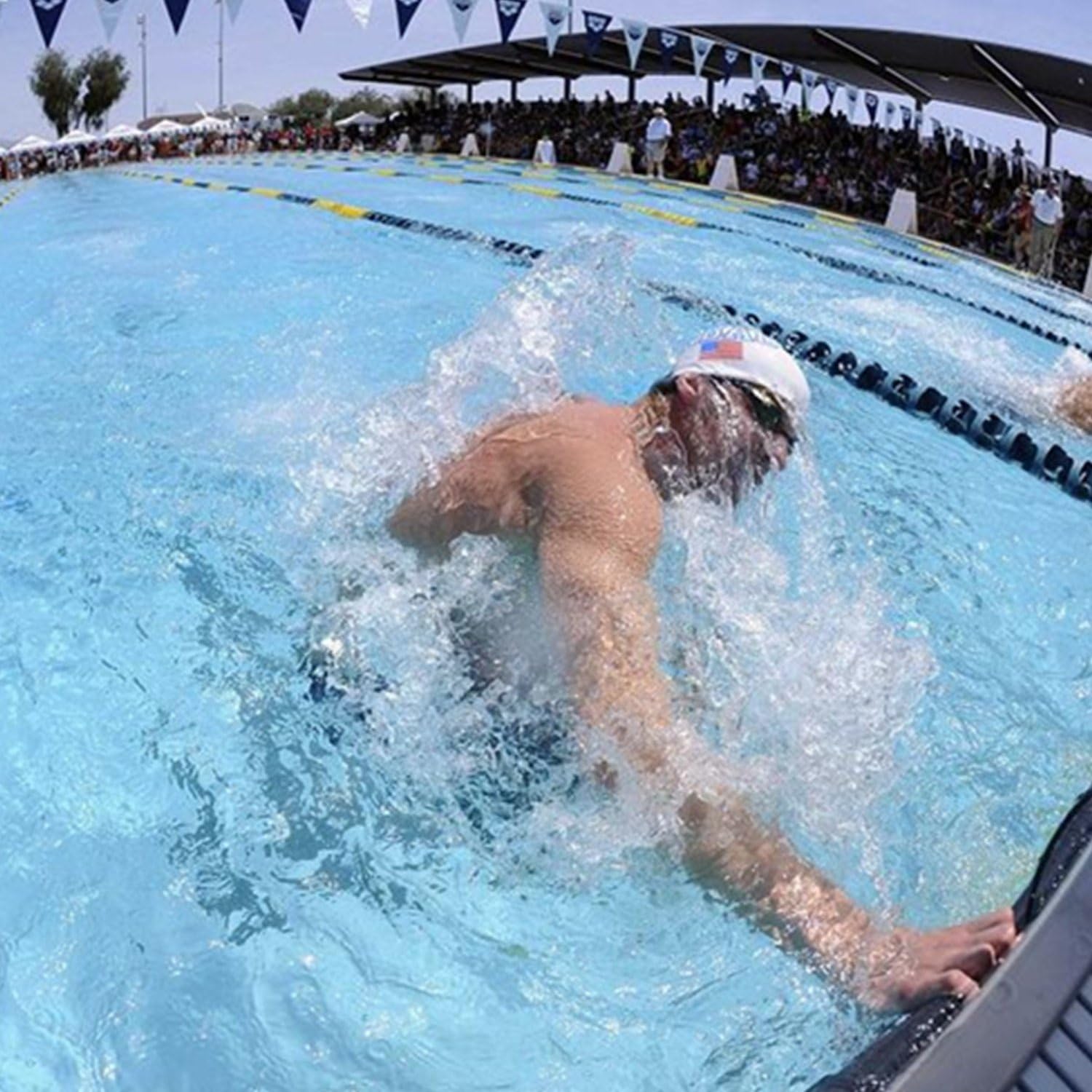Front Crawl and Butterfly Stroke are two swimming styles that are quite popular in swimming. This article, Swim Time Log will provide a comparative analysis between these two styles. Front Crawl, also known as Crawl style, is known for being fast, effective, and easy to learn. Meanwhile, Butterfly Stroke, or Butterfly style, requires strength, technique and precise adjustment.
By comparing factors such as speed, efficiency, and concentration, the article will help you better understand the differences between Front Crawl and Butterfly Stroke.
Improving Front Crawl : Incorporating Butterfly – Stroke Techniques
Exploring the Two Powerful Swimming Strokes
The front crawl, also known as freestyle, is widely considered the fastest and most efficient swimming stroke. It involves simultaneous arm movements, alternating kicks, and rhythmic breathing. The front crawl emphasizes long and streamlined body positioning, enabling swimmers to glide through the water with minimal resistance. It is a stroke that offers speed, endurance, and versatility, making it a favorite choice for many competitive swimmers.
Front Crawl’s Unleashed Power
On the other hand, the butterfly stroke is known for its grace and power. It requires symmetrical arm movements, where both arms move simultaneously above the water, and a dolphin-like kick. The butterfly stroke demands tremendous upper body strength and core stability, as well as excellent timing and coordination. While it may not be as fast as the front crawl, the butterfly stroke showcases athleticism and elegance in the water.
Anatomy of Front Crawl and Butterfly Stroke: Understanding the Technique
Improving Front Crawl: – Incorporating Butterfly – Stroke Techniques
The front crawl primarily engages the upper body muscles, including the shoulders, arms, and back. It also involves the core muscles for stability and control. In contrast, the butterfly stroke engages a broader range of muscles, including the chest, shoulders, arms, back, and legs. The powerful dolphin kick in the butterfly stroke activates the lower body muscles, resulting in a more comprehensive full-body workout.
The Advantages and Disadvantages of Front Crawl
The Advantages Of Front Crawl
The advantages of front crawl include its efficiency in the water, allowing swimmers to cover longer distances with less effort. It also engages multiple muscle groups, providing a full-body workout. However, front crawl requires proper technique and coordination, which can be challenging for beginners. It may also cause strain on the shoulders and neck if not executed correctly. Despite its drawbacks, front crawl remains a favored stroke among competitive swimmers due to its speed and effectiveness in races.
The Advantages and Disadvantages of Butterfly Stroke
Endurance Is Also Important
The butterfly stroke is a popular swimming technique known for its unique style and challenges. Understanding the advantages and disadvantages of this stroke is essential for swimmers and coaches. The advantages of the butterfly stroke include its effectiveness in building upper body strength, enhancing core stability, and improving cardiovascular fitness. However, the butterfly stroke requires a high level of technique and coordination, making it difficult for beginners and those with limited flexibility. Despite its challenges, mastering the butterfly stroke can lead to improved overall swimming performance and a sense of accomplishment.
Comparing Efficiency and Speed: Which Stroke Reigns Supreme?
The front crawl is generally faster and more efficient than the butterfly stroke. The streamlined body position and continuous arm movements of the front crawl minimize drag and maximize propulsion, allowing swimmers to cover distances quickly. The butterfly stroke, with its larger and more demanding movements, requires more energy and may not offer the same level of speed and efficiency as the front crawl.
Different Situations Calls for Different Strokes: When to Use Front Crawl or Butterfly Stroke?
The front crawl and the butterfly stroke are two distinct swimming techniques, each with its own strengths and challenges. The front crawl excels in speed, efficiency, and versatility, while the butterfly stroke showcases power, elegance, and a full-body workout. Swimmers can choose the stroke that aligns with their goals, abilities, and preferences. Whether you aspire to be a swift and efficient swimmer or a graceful and powerful one, both strokes offer a unique swimming experience that can be enjoyed and appreciated.
Tips for Mastering Both Strokes: How to Improve Your Technique
To enhance your front crawl technique, focus on maintaining a streamlined body position, engaging your core muscles, and utilizing an effective arm pull and leg kick. By practicing proper breathing techniques and improving your body rotation, you can optimize your efficiency and speed in the water.
When it comes to the butterfly stroke, mastering the dolphin kick is crucial. Emphasize a powerful undulating motion with your hips and legs while maintaining a streamlined body position. Coordinating your arm pull with the dolphin kick will help you propel through the water smoothly and efficiently.
By implementing these tips and incorporating swim drills into your practice sessions, you’ll be well on your way to improving your front crawl and butterfly stroke techniques, leading to enhanced swimming performance.
Read more:
- Mastering Proper Butterfly Swimming Technique
- Mastering Freestyle Swimming Breathing
- The Best Diet for Swimmers: Nutrition Tips and Effective Meal Plans






AUTHOR
Sang Nguyen
Sang Nguyen is a former national swimmer for Vietnam who has transitioned into coaching. With a passion for fostering a healthy swimming community and connecting like-minded individuals,......Read More
BLOG
Maybe You Are Interested
Nutrition for Swimmers Guide: Maximizing Performance
Swimming demands not only physical prowess but also a strategic nutritional approach to maximize performance....
Crafting a Nutrition Plan for Competitive Swimmers
In the competitive world of swimming, nutrition plays a pivotal role in an athlete’s performance...
A Comprehensive Guide to Maximum Performance Nutrition for Swimmers
Swimming is not just about technique and training; nutrition plays a pivotal role in a...
Essential Swim Nutrition Tips for Peak Performance
Swimming is a highly demanding sport, requiring a combination of technique, strength, and endurance. But...
Expert Sports Nutrition Advice for Swimmers
In the competitive world of swimming, nutrition and training are as crucial as the technique...
The Synergy of Swimming and Nutrition: Balancing Intake for Optimal Water Performance
The Synergy of Swimming and Nutrition: Balancing Intake for Optimal Water Performance dives into the...